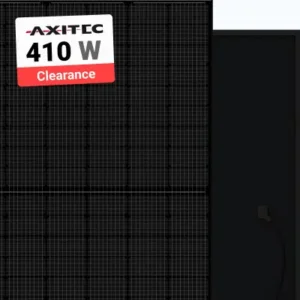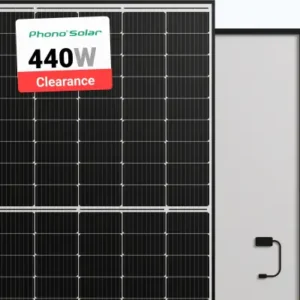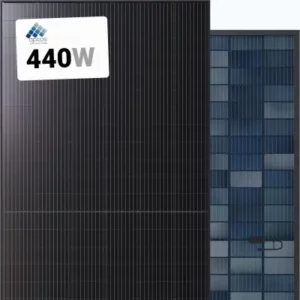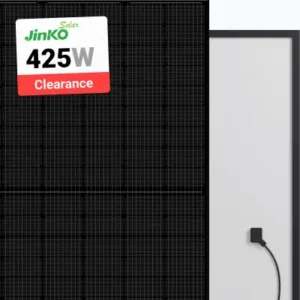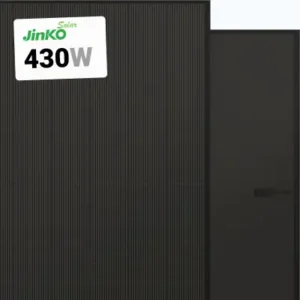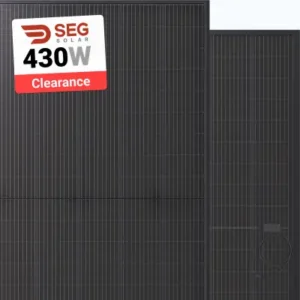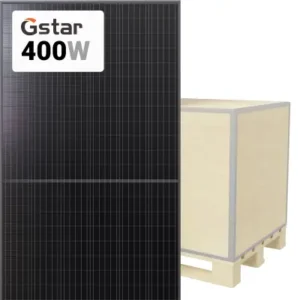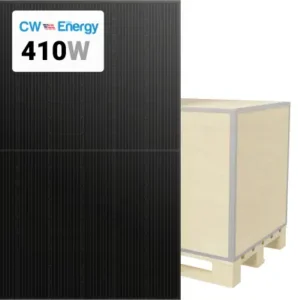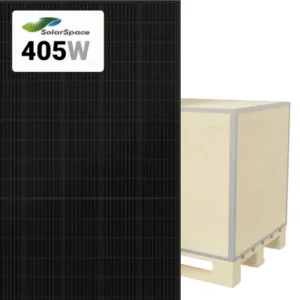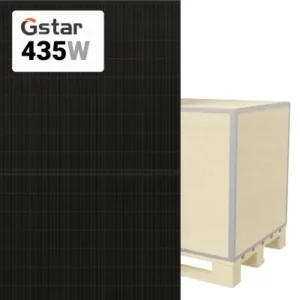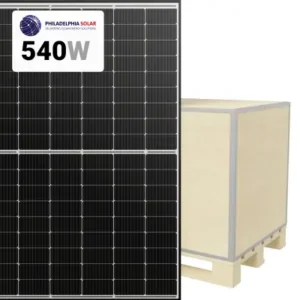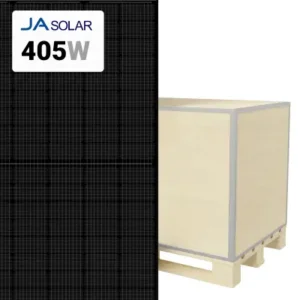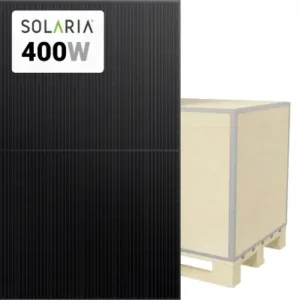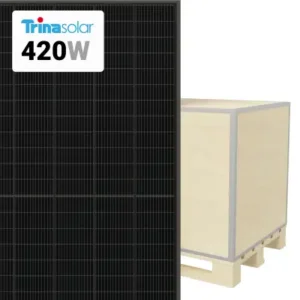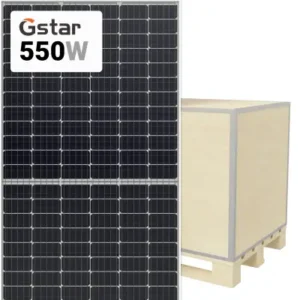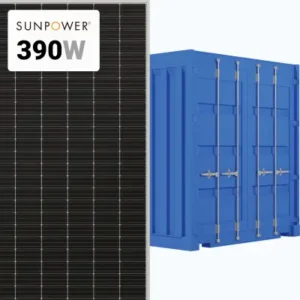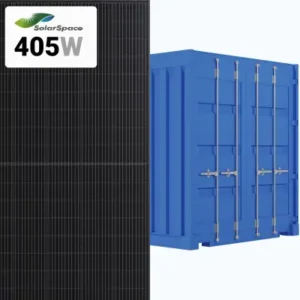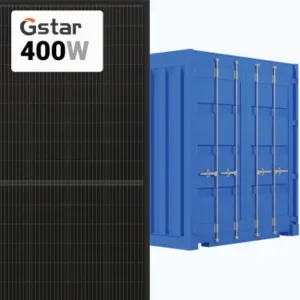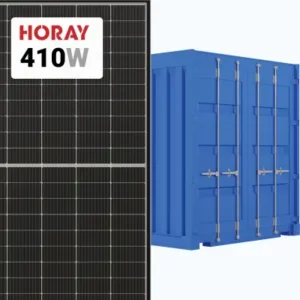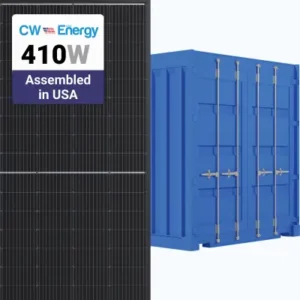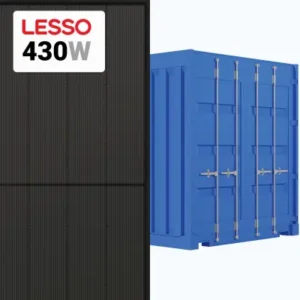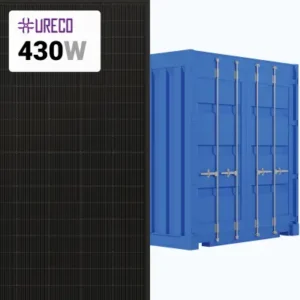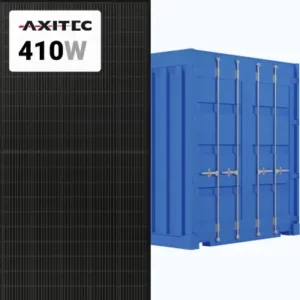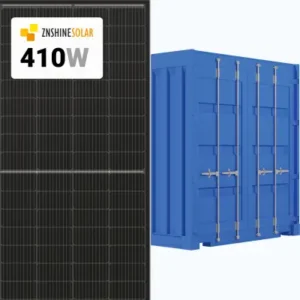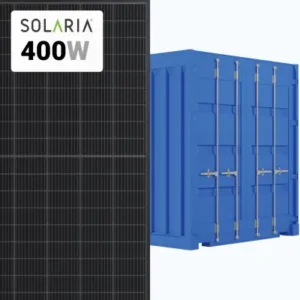Mission Solar is one of the largest American manufacturers of PV equipment. And in the case of this Texan company, ‘American’ isn’t just a word. The manufacturer designs and assembles all their PV modules inside the USA. Even though other manufacturers benefit from outsourcing labor, Mission Solar still manages to offer competitive prices. Are there no downsides then? We’re answering this question in the article.
About Mission Solar company
The company’s story begins in 2014 in San-Antonio, Texas. Up until the present moment, the company has been growing rapidly. Their facilities in the Lone Star State are capable of producing more than 400 MW worth of solar panels each year. If the company were manufacturing for San-Antonio only, the city would go completely solar in about 8 years. What makes Mission Solar PV modules stand out is their excellent performance under real use conditions, which closely matches that of lab tests.
Mission Solar panels for sale
Quality And Performance
The company focuses exclusively on monocrystalline solar panels. To deliver the maximum possible quality, Mission Solar established a rigorous system that includes various inspections at different stages of production. External experts are employed on a permanent basis to provide an extra layer of security during these quality checks.
Although high-quality, these PV modules can’t boast record breaking efficiencies. It can hardly be seen as a disadvantage – Mission Solar still provides products that perform outstandingly well under real-world conditions, closely matching the data from lab tests. Last but not least, these solar panels are quite affordable at just around $0.8 per watt.
Warranty and Service
Mission Solar provides warranties that cover both product and performance for 25 years. This ensures long-term protection, with any potential defects addressed at no cost during this period. Additionally, the panels’ efficiency will not decline faster than the manufacturer’s stated rate. Mission Solar typically guarantees that after 25 years, the panels will retain a significant portion of their original capacity, offering dependable performance for decades. It’s also common for panels to experience a slightly higher drop in efficiency during the first year, which is expected across the solar industry.
What to look for when choosing Mission Solar panels
As a first step you should determine the size of your future array. It doesn’t have to fully cover the energy requirements of your home. On some cloudy days even a very large array won’t keep up with the demand. Small and mid-sized arrays could be a sensible choice, especially when combined with a net metering program. It should also be noted that smaller arrays can always be expanded later on. Essentially, it all boils down to personal preference and budget.
Mission Solar doesn’t offer that many models, so it’s easier to pick the one that suits your needs best. Here are some of the important factors that can affect your choice:
- Price per watt. Even among the panels from a single manufacturer, price can vary considerably. More powerful Mission Solar panels tend to have lower price per watt, but they occupy more space
- Mechanical resilience. If it gets windy where you live or the roofs tend to accumulate a lot of snow, the panels have to be resistant enough to withstand harsh treatment for many years. For example, the 420W MSE420SX6W can take a 5600 Pa front and 4800 Pa back load, which is enough to withstand most of the storms and snowfalls
- Shading and cloudy weather performance. If clouds pass over your roof regularly or there are obstacles that will cast shadows on parts of your array, you should look for panels with a higher number of bypass diodes and special technologies that enhance performance under these conditions
- Size and power ratings. The bigger isn’t always better. It’s true that more powerful Mission Solar panels tend to decrease in price while they increase in size, but they will be bulkier. This makes installation more labor intensive and gives less options when it comes to positioning the modules on the roof
FAQ
Q: Do Mission Solar panels comply with the Buy American Act?
A: Yes, PV modules manufactured by Mission Solar comply both with the Buy American Act and the American Recovery and Reinvestment Act.
Q: What happens after the warranty period is over?
A: After the warranty is over, the company’s obligations will end and you will be fully responsible for the panels on your roof. It doesn’t mean that something will necessarily happen to them. Chances are the panels will continue working as usual, losing a bit of their capacity each year to light induced degradation. There is actually no limit to how long the panels can last, but given the gradual degradation and the pace of technological advances, at some point it will make sense to replace the modules.
Q: What is the overall cost of going solar?
A: The final cost will depend on the system’s size, type and the price of components and installation. For instance, off-grid and hybrid systems will cost considerably more due to more expensive equipment and the necessity to include storage. The variables are too many to compute the exact sum, but the average final price per watt starts at about $2.5. Thus, a modest 3 kW system will end up costing around $7,500. Keep in mind that this number can be substantially decreased with various tax credits, incentives and rebates.

